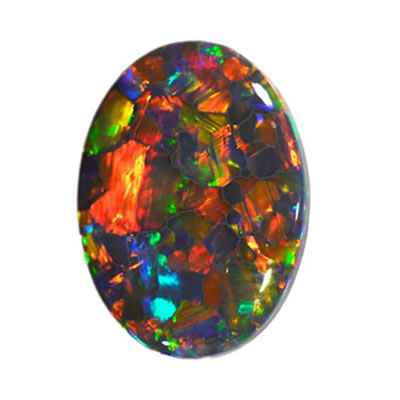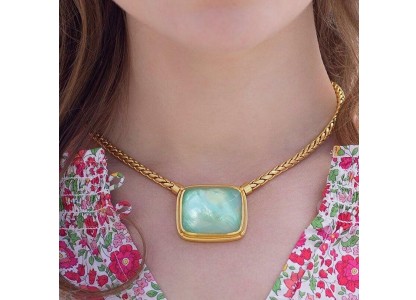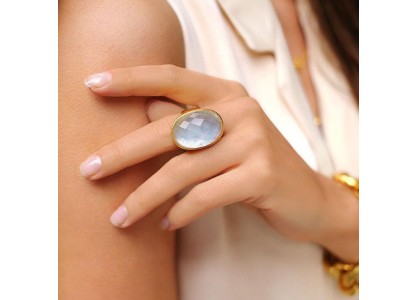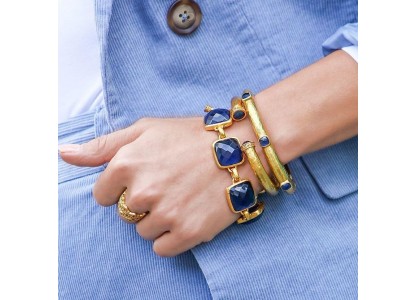Rhodonite

Rhodonite jewelry
Etymology and history
The name of Rhodonite comes from the Greek word ῥόδος rhodos, what mean rose. The second name of rhodonite comes from Celtic word rhod, which means wheel, as the origins of Rhodonite's name. Rhodonite does not seem to have a rich history of legend, but it is easy to feel this stone's unconditional love. Like Rose Quartz, this gemstone teaches the all important lesson of self love.
Rhodonite description
Rhodonite is typically pink to red or orange and even black. Its beautiful pink color often has black manganese oxide veins running through it, giving it a distinct appearance. For this reason it is carved into beads, cabochons, and ornamental objects. In 18th century Russia, it was used extensively for decorating the Russian court. Rhodonite crystals often have a thick tabular habit, but are rare. It has a perfect, prismatic cleavage, almost at right angles. The manganese is often partly replaced by iron, magnesium, calcium, and sometimes zinc which may sometimes be present in considerable amounts; a greyish-brown variety containing as much as 20% of calcium oxide is called bustamite; fowlerite is a zinciferous variety containing 7% of zinc oxide.
Rhodonite in jewelry
Silverrush2000 jewelry designers prize rhodonite for its pretty pink tones and natural veining patterns. Most rhodonite is cut into cabochons or beads for use in rings, earrings, rhodonite necklaces and bracelets. Rhodonite is complemented nicely by sterling silver.
Occurrence
Deposits of rhodonite have been found in Australia (New South Wales), Finland, Japan, Canada, Madagascar, Mexico, Russia, Sweden, South Africa, Tanzania and the United States (notably New Jersey and Nevada).
Talk to Our Jewelry Experts
Monday to Friday from 9AM to 5PM EST













